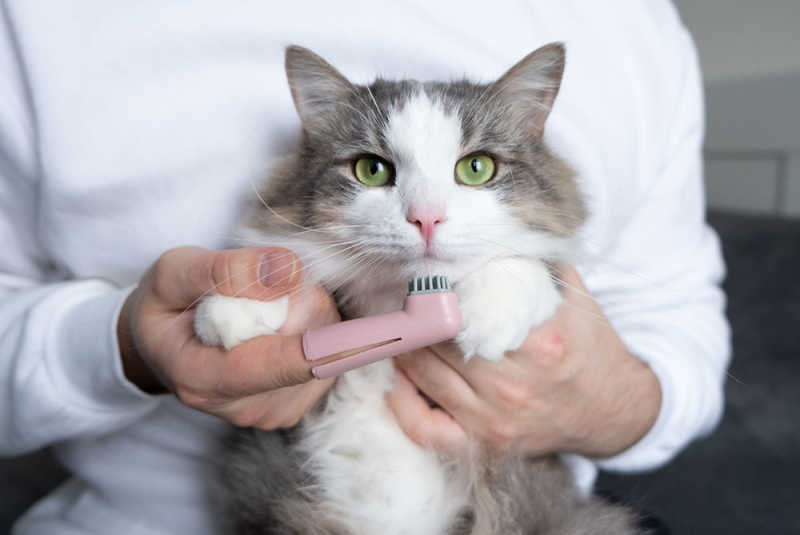Introduction
Maintaining your cat’s oral health is paramount for their overall well-being. One often overlooked but crucial aspect is regular dental care, including brushing your cat’s teeth. In this comprehensive guide, we’ll delve into the importance of feline dental hygiene and provide practical steps to make brushing your cat’s teeth a breeze.
Understanding the Significance of Cat Dental Care
Dental Health Impacts Overall Well-being
Dental issues in cats can lead to more significant health problems, affecting not only their oral cavity but also vital organs. By prioritizing your cat’s dental hygiene, you contribute to their overall health and longevity.
Common Dental Problems in Cats
Before we explore the brushing technique, it’s essential to recognize common dental problems in cats. These include plaque and tartar buildup, gingivitis, and periodontal disease. Regular brushing helps prevent these issues, ensuring your cat’s mouth remains healthy and pain-free.
Step-by-Step Guide to Brushing Your Cat’s Teeth
1. Acquaintance with the Toothbrush
Introduce your cat to the toothbrush gradually. Let them sniff and lick it to familiarize themselves with the tool. Opt for a cat-friendly toothbrush with soft bristles to ensure comfort.
2. Pet-Friendly Toothpaste
Choose a toothpaste specially formulated for cats. Never use human toothpaste, as it can be toxic to them. Allow your cat to taste a small amount to get them accustomed to the flavor.

3. Gentle Handling
Handle your cat gently during the initial sessions. Start by massaging their gums with your finger to build trust. Gradually progress to using the toothbrush, focusing on the outer surfaces of their teeth.
4. Short and Positive Sessions
Keep brushing sessions short and positive. Aim for 30 seconds to a minute initially, gradually increasing the duration as your cat becomes more comfortable. Reward them with praise or a small treat after each successful session.
5. Consistency is Key
Consistency is crucial for effective dental care. Aim to brush your cat’s teeth at least two to three times a week. Establishing a routine helps your cat feel more at ease with the process.
Overcoming Challenges
Feline Resistance
If your cat resists brushing, consider alternatives such as dental treats, toys, or dental diets. These can complement the brushing routine, promoting dental health without causing stress.

Professional Dental Check-ups
Regular veterinary check-ups are essential for monitoring your cat’s dental health. Professional cleanings may be recommended to address any stubborn plaque or tartar.
Conclusion
Incorporating regular teeth-brushing into your cat’s care routine is a proactive measure to ensure their dental health. By following these steps and overcoming potential challenges, you contribute to your cat’s overall well-being, fostering a happy and healthy feline companion.





















